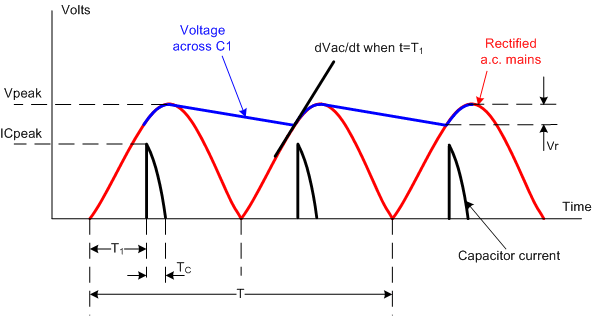Clarkdale44
Member
Hello
As the title states, my ac only cheap clamp meter is reading dc currents when i am charging battery bank through an inverter...
My inverter is rated to charge 12v 150Ah battery at 16 amps and during charging when i put the clamp meter on the red battery charging cable, the meter shows 15.8 amps, and when inverter is using battery power to convert it to AC (backup mode), the meter shows 7.8 amps draw, it increases and decreases depending on how much load i put on the output.
How is that possible? It is puzzling me! I got this for $5. Can somebody explain what's going on?
I have this meter called Haoyue DT266.
Regards!!
As the title states, my ac only cheap clamp meter is reading dc currents when i am charging battery bank through an inverter...
My inverter is rated to charge 12v 150Ah battery at 16 amps and during charging when i put the clamp meter on the red battery charging cable, the meter shows 15.8 amps, and when inverter is using battery power to convert it to AC (backup mode), the meter shows 7.8 amps draw, it increases and decreases depending on how much load i put on the output.
How is that possible? It is puzzling me! I got this for $5. Can somebody explain what's going on?
I have this meter called Haoyue DT266.
Regards!!



